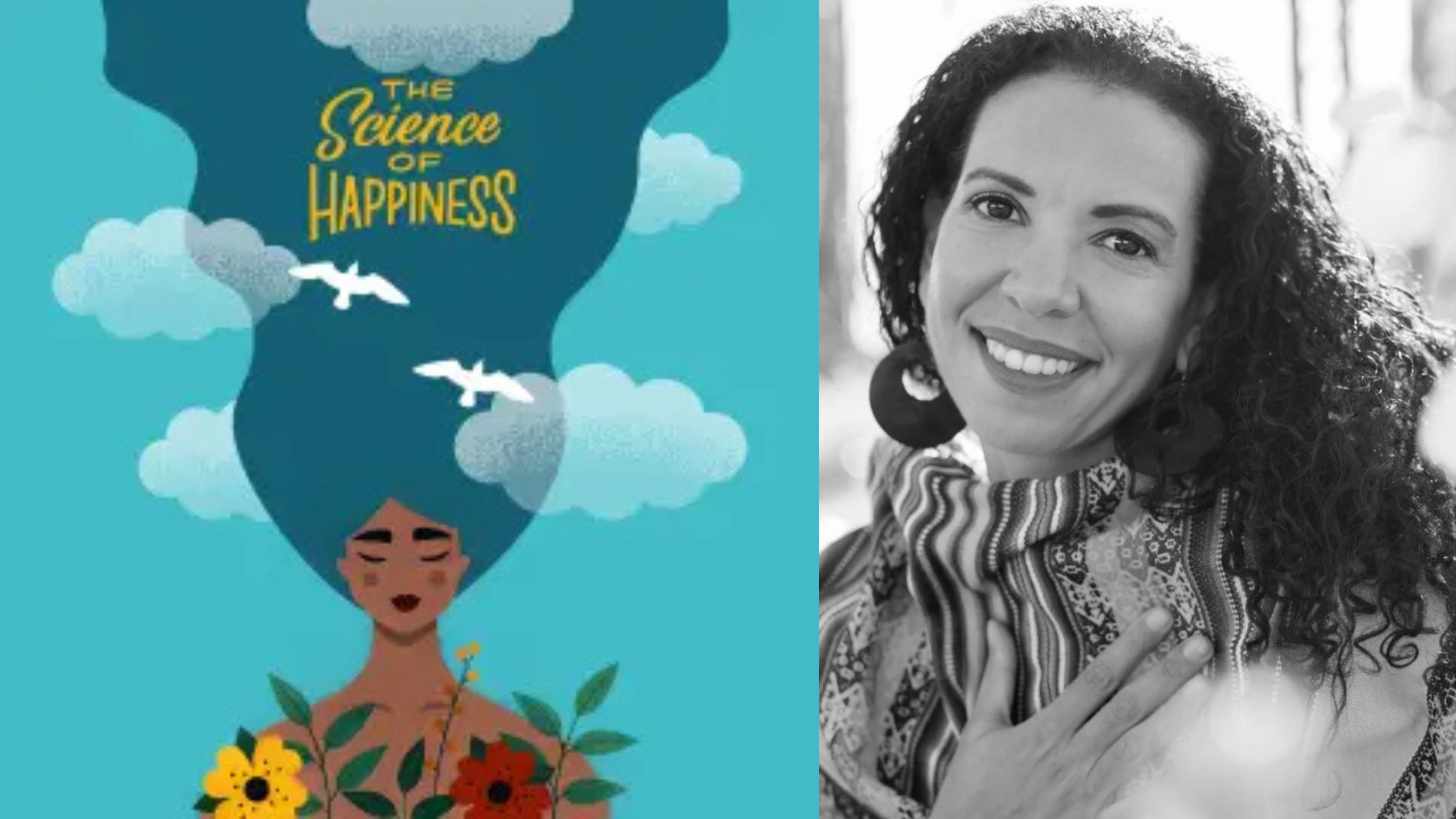
Expressive Writing
When to Use This Tool:
Engage in expressive writing when you're dealing with unresolved emotional experiences, such as grief, stress, or significant life transitions. It's particularly beneficial when you feel stuck in rumination or seek clarity and emotional release.
Why This Matters:
Expressive writing facilitates emotional processing by allowing you to articulate thoughts and feelings associated with challenging experiences. Research indicates that this practice can lead to increased happiness, reduced symptoms of depression and anxiety, and improved physical health outcomes, such as enhanced immune function. By translating complex emotions into written words, individuals can gain perspective and foster resilience.
_____
How to Do It
Over the next four days, you’ll write freely about your true feelings and thoughts about an experience of hurt that has been emotionally challenging.
1. Find a comfortable time and place where you are unlikely to be disturbed. If a private space is not available, you can ask people not to disturb you while you’re doing this practice.
2. Use any writing materials that are available to you. You can use a word processor, or physical notebook, binder paper, or even a piece of scratch paper.
3. Choose an experience of hurt to write about that is important to you. Choose events or situations you feel you can handle now—that is, don’t write about a severe trauma too soon after it happened, or if it feels too overwhelming.
4. In your writing, explore what’s been happening in connection to that hurtful experience, how it has affected you, and how it connects to different parts of your life. You might tie this experience to your childhood, your relationship with your parents, people you have loved or love now, or your career.
5. As you write about your experience, really let go and write freely whatever comes to your mind. Don’t worry about spelling or grammar.
6. Try not to edit or judge what you write. Remember that your writing is for your eyes only and that you are doing this for your own well-being.
7. To the best of your ability, write without stopping for at least 20 minutes. Do whatever you need to help you stay on task–you might listen to music, wear noise-canceling headphones, and put away distractions.
8. Optional: After the four days of writing, try writing from the perspective of a neutral observer or the perspectives of other people involved in the situation.
Why It Works
When we experience a stressful event or major life transition, it’s easy to ruminate over that experience; thinking about it can keep us up at night, distract us from work, and make us feel less connected to others. Expressive writing allows us to step back for a moment and evaluate our lives. Through writing, we can become active creators of our own life stories—rather than passive bystanders—and as a result feel more empowered to cope with challenges. Transforming a messy, complicated experience into a coherent story can make the experience feel more manageable.

Greater Good Science Center
Author

Expressive Writing
When to Use This Tool:
Engage in expressive writing when you're dealing with unresolved emotional experiences, such as grief, stress, or significant life transitions. It's particularly beneficial when you feel stuck in rumination or seek clarity and emotional release.
Why This Matters:
Expressive writing facilitates emotional processing by allowing you to articulate thoughts and feelings associated with challenging experiences. Research indicates that this practice can lead to increased happiness, reduced symptoms of depression and anxiety, and improved physical health outcomes, such as enhanced immune function. By translating complex emotions into written words, individuals can gain perspective and foster resilience.
_____
How to Do It
Over the next four days, you’ll write freely about your true feelings and thoughts about an experience of hurt that has been emotionally challenging.
1. Find a comfortable time and place where you are unlikely to be disturbed. If a private space is not available, you can ask people not to disturb you while you’re doing this practice.
2. Use any writing materials that are available to you. You can use a word processor, or physical notebook, binder paper, or even a piece of scratch paper.
3. Choose an experience of hurt to write about that is important to you. Choose events or situations you feel you can handle now—that is, don’t write about a severe trauma too soon after it happened, or if it feels too overwhelming.
4. In your writing, explore what’s been happening in connection to that hurtful experience, how it has affected you, and how it connects to different parts of your life. You might tie this experience to your childhood, your relationship with your parents, people you have loved or love now, or your career.
5. As you write about your experience, really let go and write freely whatever comes to your mind. Don’t worry about spelling or grammar.
6. Try not to edit or judge what you write. Remember that your writing is for your eyes only and that you are doing this for your own well-being.
7. To the best of your ability, write without stopping for at least 20 minutes. Do whatever you need to help you stay on task–you might listen to music, wear noise-canceling headphones, and put away distractions.
8. Optional: After the four days of writing, try writing from the perspective of a neutral observer or the perspectives of other people involved in the situation.
Why It Works
When we experience a stressful event or major life transition, it’s easy to ruminate over that experience; thinking about it can keep us up at night, distract us from work, and make us feel less connected to others. Expressive writing allows us to step back for a moment and evaluate our lives. Through writing, we can become active creators of our own life stories—rather than passive bystanders—and as a result feel more empowered to cope with challenges. Transforming a messy, complicated experience into a coherent story can make the experience feel more manageable.

Greater Good Science Center
Author
Related Articles

How to Prepare Your Nervous System for New Goals
This article offers practical, science-based strategies to align your body and mind before pursuing change—helping you manage stress, build resilience, and approach new goals with clarity and care.

Greater Good Science Center
April 20, 2025

The No Club: Putting a Stop to Women's Dead-End Work
Read this book when you find yourself constantly volunteering (or being volunteered) for extra tasks that don’t lead to advancement l

Linda Babcock, Brenda Peyser, Lise Vesterlund, and Laurie Weingart
April 23, 2025

Happiness Break: How to Awaken Joy, with Spring Washam
Happiness Break with Spring Washam is a short mindfulness practice for stress or overwhelm, offering a grounding pause to reconnect with your breath, body, and inner calm through compassion.

Greater Good Science Center
April 20, 2025
